Art is, by nature, controversial. The line between artist expression and ‘my five-year-old could do that’ is blurry, and opinions on the authenticity and artistic value of art is often divided. Where should it be drawn? We let you decide.
Reporter: Chloe Chapman | Sub-Editor: James Brookes
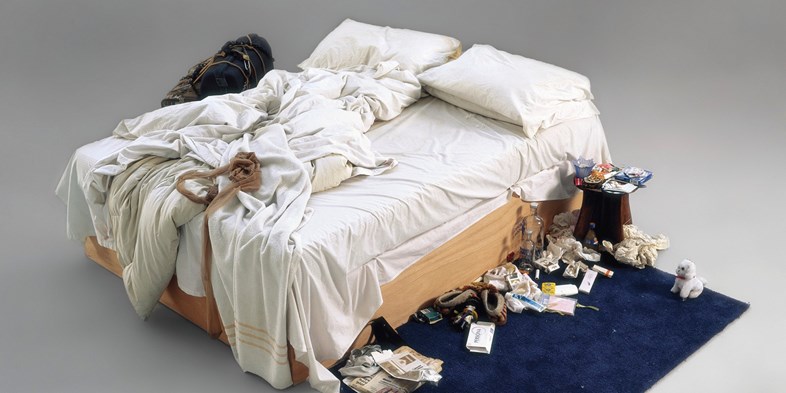
You might have caught Tracey Emin’s ‘My Bed’ when it was on show at The Tate last year, but have you seen these seven other controversial pieces? I (Huck Magazine)
We look at seven of the most controversial pieces of artwork from over the years.
From starving dogs, to depictions of rape, it’s all been done before.
Which will you find most offensive?
1. Guillermo Vargas, Eres Lo Que Lees (You Are What You Read), 2007

Guillermo Vargas’ stray dog at Códice Gallery exhibition | (ART21 Magazine)
Vargas’s display at an exhibition in Códice Gallery, Nicaragua, proved to be extremely controversial with the public.
It involved a stray dog being tied to a wall on a leash and was left without food or water.
He even had to the audacity to use dog biscuits to spell out “Eres Lo Que Lees”, which is Spanish for “You Are What You Read”.
Despite an uproar, the gallery allowed the exhibition to continue, insisting the dog was unchained and given food and water outside of visiting hours.
While this may be true, it still raises some pretty huge ethical questions when it comes to live animals in art.
2. Chris Ofili, The Holy Virgin Mary, 1996
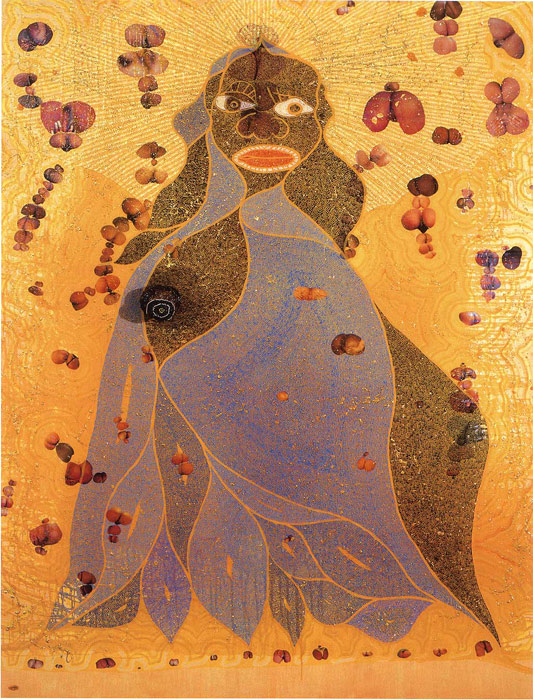
Chris Ofili’s The Holy Virgin Mary | (ARC Magazine)
Ofili’s painting portrays a black Virgin Mary surrounded by pornographic images and even elephant dung.
Despite its creation in 1996, it was only in 1999 that this work of art was met with heavy criticism and disgust.
Scheduled to be exhibited in New York’s Brooklyn Museum, the Mayor at the time, Rudy Giuliani, branded it “sick” and tried to prevent its showcase by cutting the museum’s funding.
He was unsuccessful and the painting later went on to sell for a huge $4.6 million (£3.6 million) at auction.
3. Andres Serrano, Piss Christ, 1987
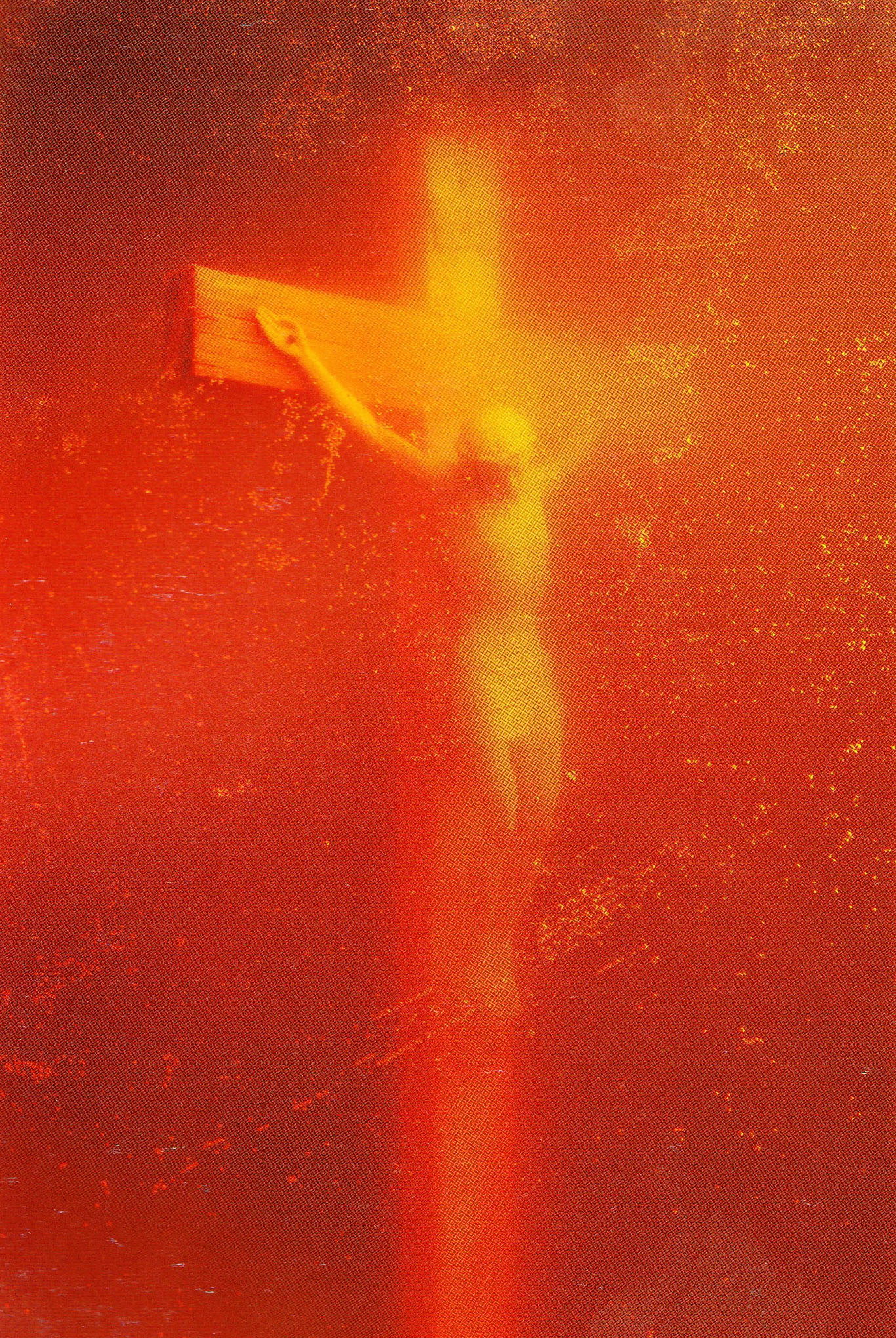
Andres Serrano’s Piss Christ by Let There Be Light | (WordPress)
Piss Christ is an interesting piece by Serrano that combines Jesus and urine which — unsurprisingly — drew a lot of backlash.
Serrano took a picture of a crucifix submerged in his own urine.
While this piece has been controversial since it was first released for public viewing, anger peaked in France, 2011, when Catholic fundamentalists used hammers as they physically attacked the photograph.
However, Serrano defended his work when speaking to the Guardian in 2012, saying: “At the time I made Piss Christ, I wasn’t trying to get anything across.
“In hindsight, I’d say Piss Christ is a reflection of my work, not only as an artist, but as a Christian.”
4. Marcel Duchamp, Fountain, 1917
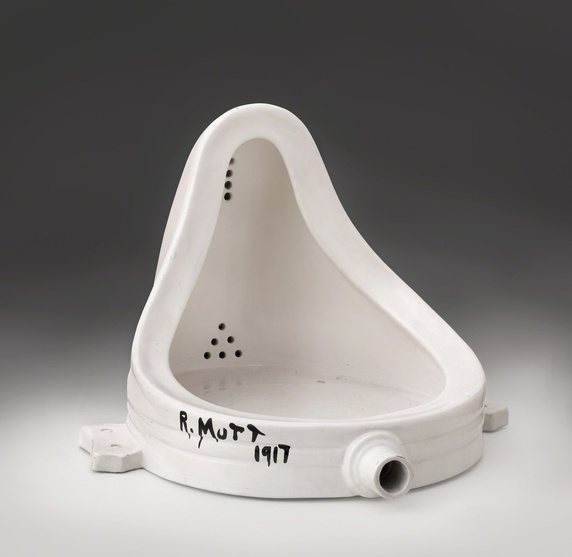
Marcel Duchamp’s Fountain | (Quora)
Duchamp’s Fountain is arguably one of the most controversial works to date.
The upturned porcelain urinal was submitted to the Society of Independent Artists but was quickly banished from their exhibition. Duchamp responded by resigning from the society and went on to comment over four decades later.
He later explained: “I was drawing people’s attention to the fact that art is a mirage. A mirage, exactly like an oasis appears in the desert.
“It is very beautiful until, of course, you are dying of thirst. But you don’t die in the field of art. The mirage is solid.”
5. René Magritte, The Rape, 1935
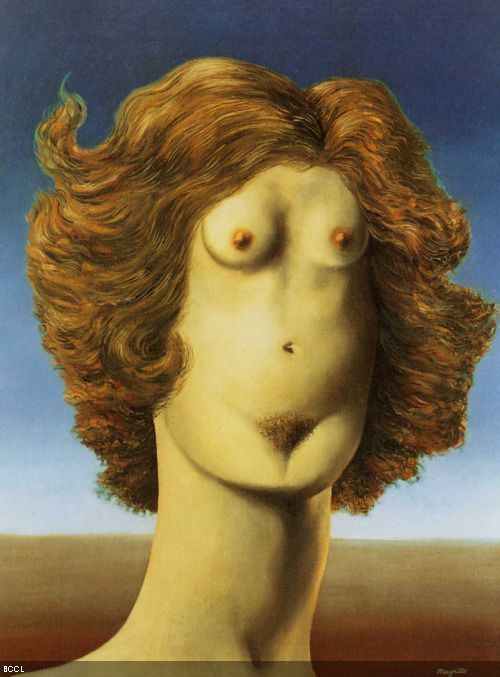
René Magritte’s The Rape | (Pinterest)
Much like the title, this painting by Magritte was particularly bold and shocking for its time.
In the style of surrealism, the picture portrays a woman’s face, but the eyes are swapped out for breasts, the nose is a belly button and her mouth is replaced by her pubis.
Magritte used this artwork to make a statement about the way she felt men viewed women at the time.
6. Pablo Picasso, Guernica, 1937

Pablo Picasso’s Guernica | (Mark WK)
Picasso created a huge work of art documenting the Nazi bombing of a small Spanish town in 1937.
Described as one of his most politically incited works, it was created for the World Fair of the same year, but he stipulated it was only to be returned to Spain once democracy prevailed.
It remains a deeply emotional response to war and was returned to Spain only in 1981 after the appointment of Juan Carlos as Spain’s democratic leader.
7. Damien Hirst, The Physical Impossibility of Death in the Mind of Someone Living, 1991

Damien Hirst’s The Physical Impossibility of Death in the Mind of Someone Living | (Damien Hirst)
A relatively recent controversial piece, Hirst was commissioned by Charles Saatchi to preserve a 4.3 metre tiger shark using formaldehyde in a glass case.
The shark, which was captured in Queensland, Australia, was replaced in 2006 after it decayed badly.
This move also sparked controversy, as some declared it should no longer be valued at the same price given it had lost its authenticity.
Nevertheless, the piece became an iconic work of British art in the 1990s, and remains so to date.
